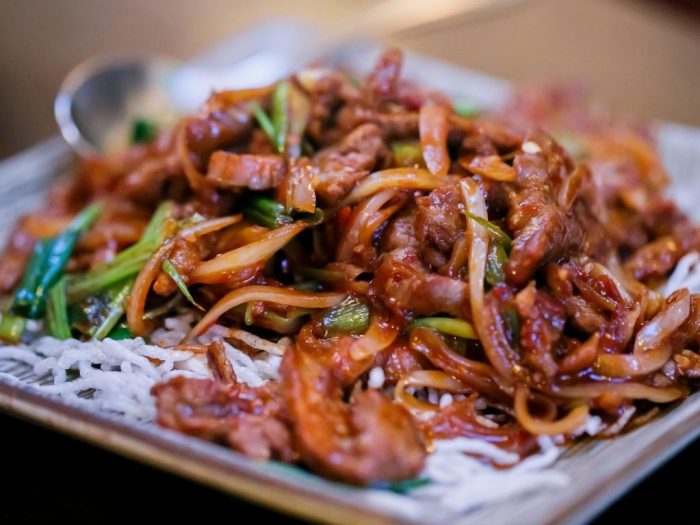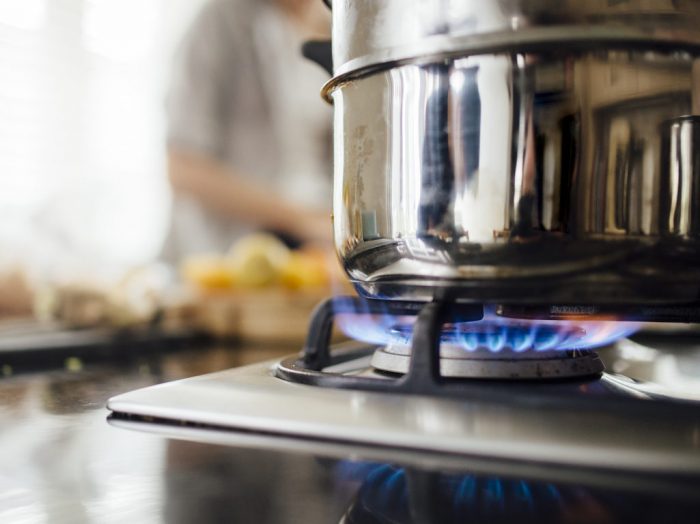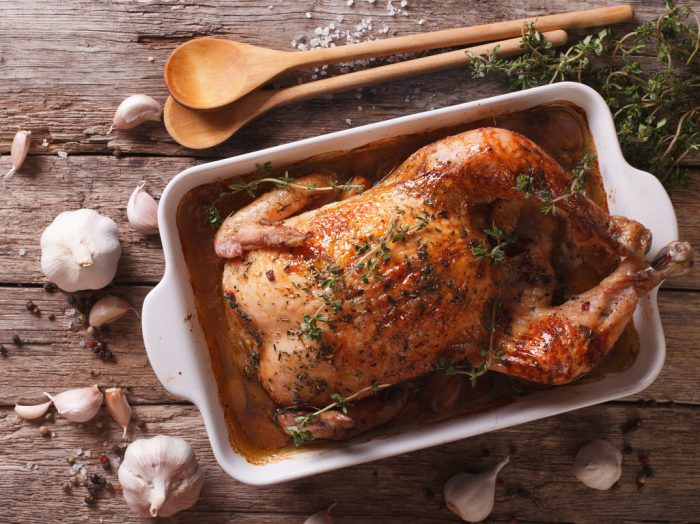Making a stir-fry seems like a no-brainer: throw some veggies in a wok, maybe some pieces of meat, make a sauce and then right to the dinner table, steaming and flavored deliciousness. But it’s not that easy, right? As experience shows us, there are stir-fry mistakes you can make. But there are also ways to avoid them!
I’ve made my share of stir-fry mistakes at the stove, from not cooking the veggies perfectly, to completely fumbling the sauce, but I’ve persevered, and as, always, with cooking, experience has its way of making your meals better. Speaking of great meals, here are some noodle stir-fry ideas for you to try. And all the stir-fries you can eat for months!
Stir-fries are always satisfying without being heavy, they combine a lot of flavors, from salty and sour to sweet and spicy. It’s an art that has been perfected over 22 centuries. Let’s cut to the chase, here’s how to get the best stir-fry, by correcting some small mistakes.
7 stir-fry mistakes to avoid
1. Not using a high enough temperature
Usually, you should use a medium temperature for cooking, so that you do not burn your food. Stir-frying is one of the exceptions to that rule. You will need to go almost as high as possible.
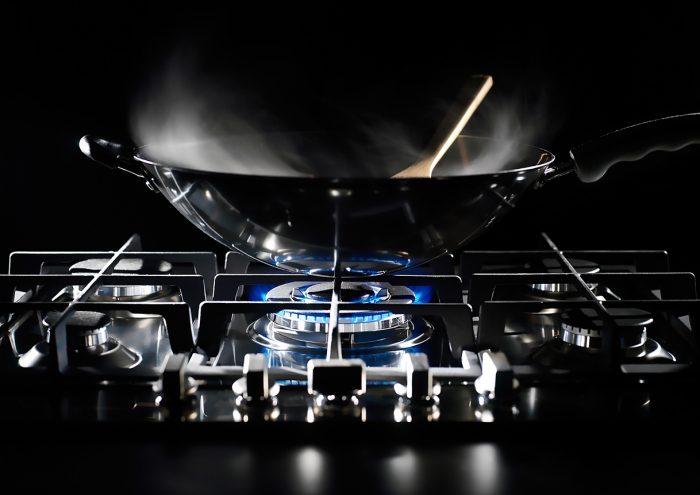
2. Choosing the wrong pan
A wok is ideal because they’re literally made for stir-fries. But if you don’t have too much space in your cupboards for 100 varieties of pans, or you just can’t afford a wok because of your limited budget, then the largest stainless steel skillet you have on hand will do nicely. You need to have a large surface available for stir-frying, so go for something wider as opposed to deeper.
As we’ve already said, stir-frying requires a pretty high temperature and an aluminum pan will mostly smoke your veggies and meat. Cast-iron skillets are too heavy for the shaking while stir-frying, and you can’t cook properly without shaking and tossing the food.
3. Choosing the wrong oil
Never go for butter! That’s one of the more serious stir-fry mistakes. Seriously, never! Because of the hot temperature needed for stir-frying, you need an oil which has a high smoke point. Butter does not. Neither does olive oil. The best oils for stir-frying are vegetable oil, canola oil, avocado oil and grapeseed oil. You can check out this kitchen oil guide for more pointers.
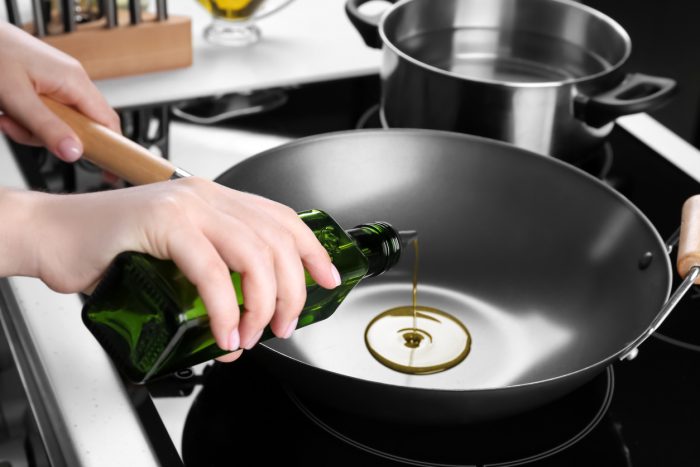
4. Seasoning too early
Salt tends to draw the moisture from your food. So this is a process where you should season close to the end.
Also, if you don’t want your stir-fry to be bland and tasteless, you will need to build a great sauce with the help of ingredients like fresh chilies, Sriracha, freshly squeezed lime juice, garlic, ginger, and lemongrass. The recipe you use should have the right instructions! Don’t forget some liquid too, like stock, wine, coconut milk, or beer.
5. Not chopping your ingredients small enough
Stir-frying is an almost lightning-fast process, thanks to the high heat. And if you want your ingredients to cook that fast and be ready quickly, this means some prepping. You should chop your ingredients into small pieces before stir-frying. The goal here is to have a thoroughly cooked and a crunchy dish. You also don’t want your veggies to be mushy. Some of them, of the root variety, could even stand to be boiled or steamed before they meet the wok.
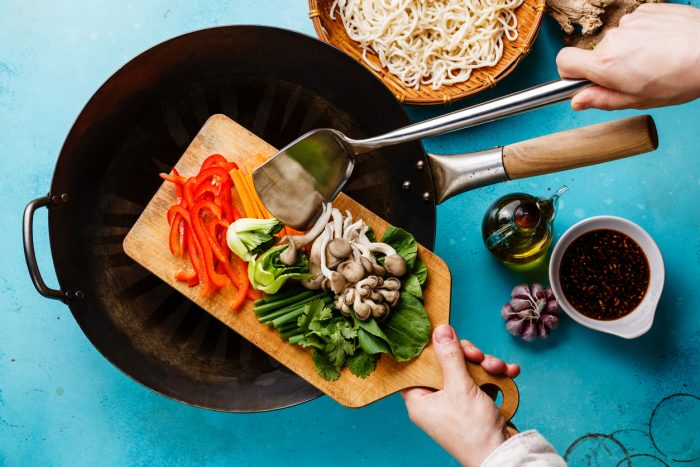
6. Putting too much in the pan
You don’t want to crowd the wok you’re working with because the heat won’t distribute evenly. If you add too many ingredients at once, which have different cooking times, they will not go well together. You should cook each ingredient separately. Expose them to the heat, stir the pan or wok, shake and toss, cook to perfection, then keep on a plate and move on to the next item. Don’t forget to add more oil if needed!
7. Adding the cooked ingredients back in the pan
Do the sauce last and then pour it over the cooked ingredients. If you add them to the heat again, they could overcook. Because the process is quick, everything should be still warm and the hot sauce will bring everything to the right temperature for the dinner table.
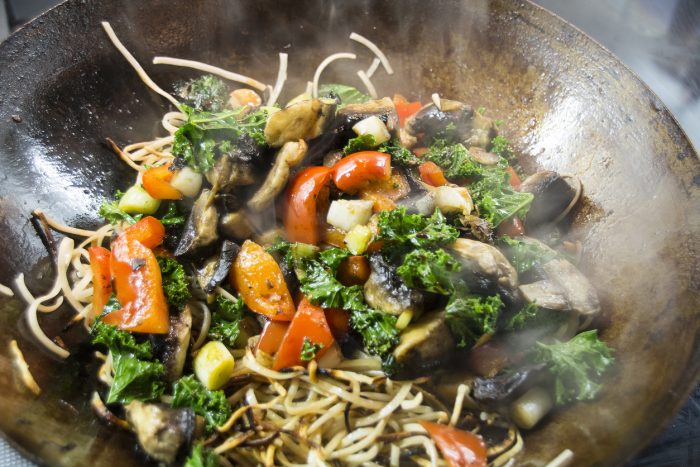
Nobody’s perfect in the kitchen. We all make mistakes, even if they’re basic ones. But knowing what those common mistakes are can improve your guacamole and your chicken dishes.

